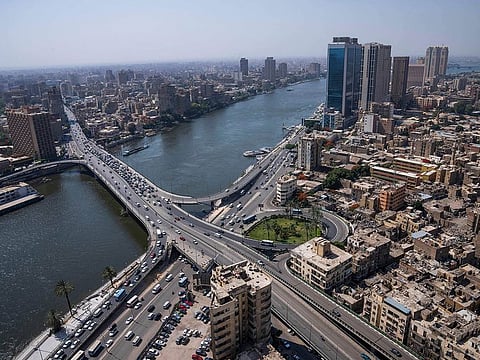Middle East wealth funds are rethinking how they invest: Here’s why it matters
Sovereign investors in the region adjust portfolios to navigate rising global instability

Dubai: Some of the most powerful investment funds in the Middle East are making major changes to how they invest — and it’s all due to rising political tensions, economic uncertainty, and changing global markets.
According to Invesco’s latest annual study on sovereign wealth funds (SWFs), investors across the region are being more cautious and strategic as they face global volatility, inflation pressures, and growing barriers to international trade.
Private credit, China take centre stage
Middle East SWFs are increasingly turning to fixed income investments—like government and corporate bonds—as a safer and more stable source of income.
About 30% of these funds plan to raise bond allocations this year, and many are also boosting investments in private credit, a growing asset class where investors lend directly to companies outside of public markets.
Meanwhile, China remains a major priority, with 60% of Middle East sovereign investors planning to increase investments there over the next five years. Their focus is shifting toward fast-growing tech sectors such as AI, electric vehicles, and renewable energy.
Active investing gaining popularity
While index-based “passive” investing remains a common approach in public markets, many sovereign investors are now leaning into more “active” strategies. These involve closely managed investments to better respond to risks and opportunities in today’s fast-changing world.
In fact, about 78% of their equity and 77% of bond investments are actively managed, showing a strong preference for hands-on approaches.
Digital assets are growing—but slowly
Although still a small part of the picture, interest in digital assets like cryptocurrencies is gradually increasing. Around 22% of Middle East sovereign investors now have direct exposure, more than any other region. However, regulatory uncertainty and market volatility remain key concerns, and most are treading carefully.
On the central bank side, some are also considering digital currencies, mainly to make payments faster and more efficient, though none have launched one yet.
Gold back in favour with central banks
As global political and financial tensions rise, gold is once again being viewed as a safe haven. Nearly two-thirds of central banks in the Middle East plan to increase their gold holdings in the next three years, not just in physical form but also through tools like ETFs and derivatives. This helps them stay flexible while keeping their portfolios protected.
Big picture? Caution with a long-term view
Sovereign investors in the Middle East—responsible for managing hundreds of billions in public wealth—are clearly shifting gears. They're rebalancing portfolios, diversifying across asset classes, and targeting more resilient economies like China and Asia.
According to Josette Rizk, Head of Middle East and Africa at Invesco, “These funds are now focused on long-term stability, with growing interest in active management, private credit, and bonds as the global investment environment becomes more unpredictable.”
This recalibration signals a smarter, more cautious path forward for the region’s most influential investors.
Sign up for the Daily Briefing
Get the latest news and updates straight to your inbox




